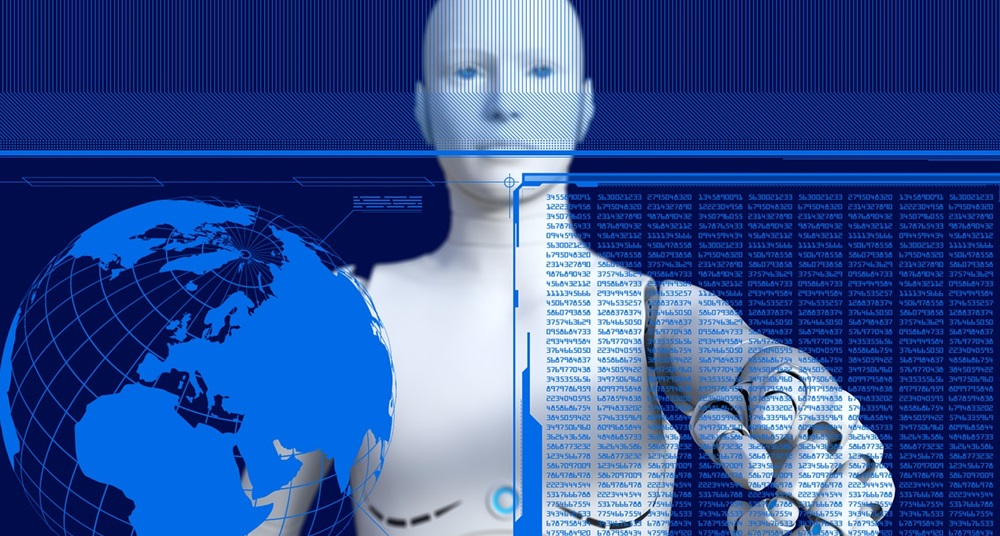5G
How Will 5G Change Robotics and the IIoT?
 While some consumers are finally warming up to 4G connectivity, the most tech-savvy mobile users are already looking forward to the next upgrade: 5G. It’s still a few years away, with most regions advertising a rollout date of sometime in 2020, but this hasn’t stopped the professionals from imagining its potential in next-gen applications like the Industrial Internet of Things (IIoT) and advanced robotics.
While some consumers are finally warming up to 4G connectivity, the most tech-savvy mobile users are already looking forward to the next upgrade: 5G. It’s still a few years away, with most regions advertising a rollout date of sometime in 2020, but this hasn’t stopped the professionals from imagining its potential in next-gen applications like the Industrial Internet of Things (IIoT) and advanced robotics.
The Current Generation of Robots
There’s no denying the rise of advanced robotics, both in the workplace and around the home. From completing menial and outright dangerous tasks to monitoring environmental conditions or the health status of patients, robots are already affecting many different demographics.
Currently, many robots use 4G when communicating with other devices — including other robots, IIoT-powered systems and more. It’s good enough for many applications: cost-effective, readily available in most populated regions and fast enough to meet today’s technological demands. But times are changing — and technology is rapidly evolving.
In today’s tech-driven society, robots aren’t doing the most monotonous and meaningless tasks. Instead, they fill roles of greater scope and responsibility that sometimes require them to learn new tasks or directives and make decisions without human intervention.
Although there are basic, rudimentary systems that currently meet these standards, they’re few and far between. The constraints of 4G technology limit the functionality of those systems, and many are too expensive for any feasible usage, either in the workplace or the home.
To make the most of next-gen robotics, and to accommodate the increasing reliance on systems like the cloud and the IIoT, it’s time to embrace 5G technology.
A New Era of Robotics
As efficient and effective as 4G technology is, it pales in comparison to the faster, more reliable platform of 5G. If the new protocol meets its advertised speeds of 100 gigabits per second, this rates 5G at a speed of 1,000 times faster than 4G.
Given the increasing size of datasets, the greater need for real-time data processing and more reliance on large-scale and long-term data storage, it’s easy to see how 5G benefits everyone.
But the power of 5G technology really shines through when paired with next-gen robots that feature electric servo motors, sensors and other kinds of advanced hardware. As robots become more advanced and start taking over more tedious jobs at manufacturing plants, small efficient motors will increase in demand, because they’ll be the power behind the process. With so much emphasis on artificial intelligence (AI), machine learning and advanced processing algorithms, the now-outdated 4G struggles to keep up with such demands.
5G is the solution robotics engineers need. Not only does it let them design robots that can communicate — with one another and their human counterparts — in real time, but it means some of these machines are capable of learning new tasks — either through direct observation or computer programming.
However useful these next-gen robots are, they’re still expensive. Many experts believe 5G will also help reduce the cost of robots, both in the workplace and in the home, and make them more affordable across the board.
Peter Montgomery, director of partnerships with the Global System for Mobile Communications, talked about this in a recent interview. He highlighted the high capacity and low latencies of 5G networks, as well as the ability to offload processing responsibilities to cloud-based servers.
Per his examples, factories use large teams of robots to assemble products, package goods and make decisions in real time. Instead of each robot using an individual processor, they’re all linked back to a cloud-based AI processor. It’s a cost-effective and highly efficient process, but it requires an ultra-fast and reliable Internet connection — like 5G connectivity.
IIoT-Powered Robots and the Future of 5G
5G technology will eventually include modern smartphones and online networks across the globe, but many will have our first exposure to the new platform through robotics. Whether it’s the addition of new collaborative robot — cobot — on the factory floor, or a robot providing hospice care for the elderly, it’s a world that is quickly becoming a reality.















You must be logged in to post a comment Login